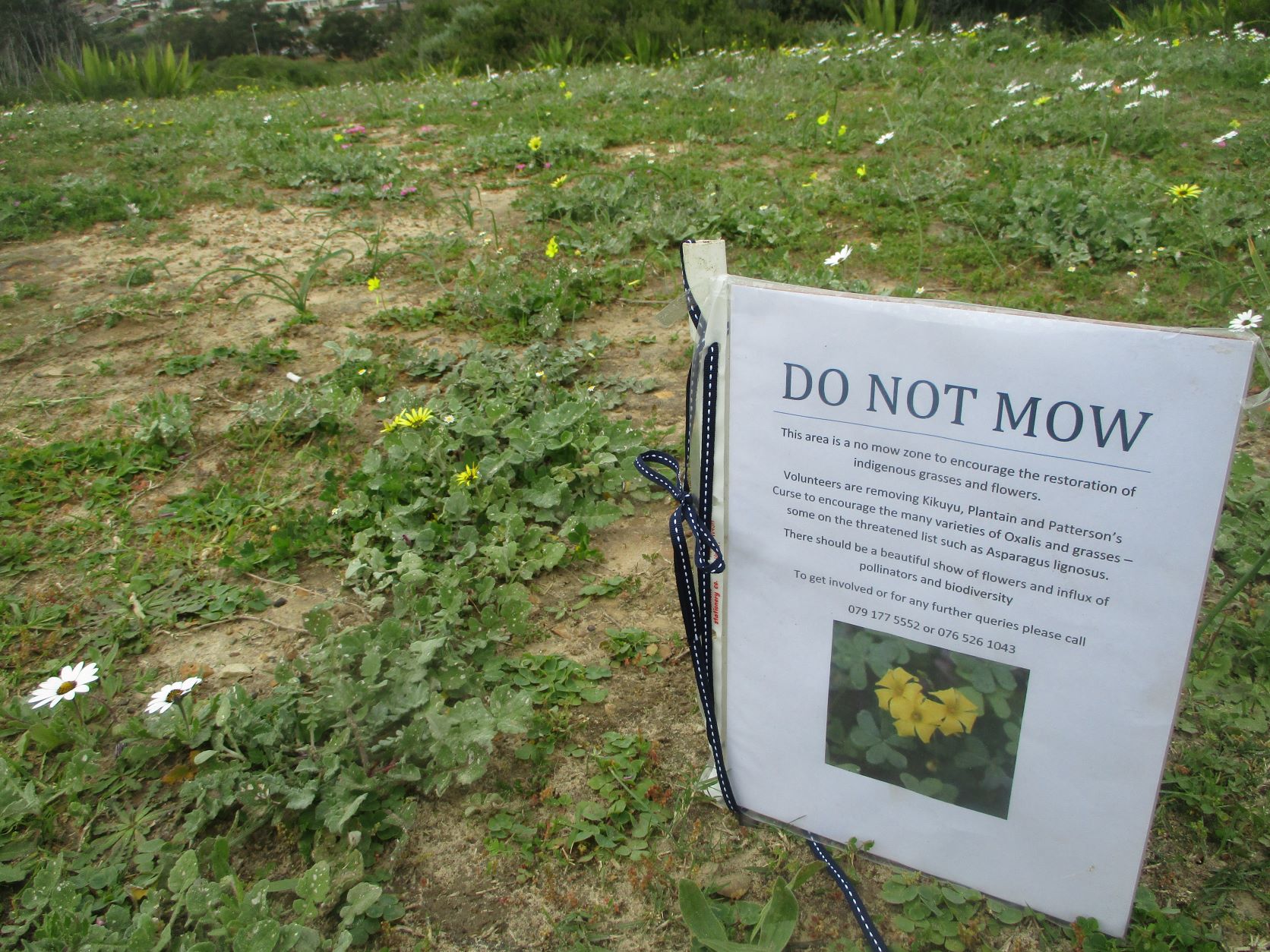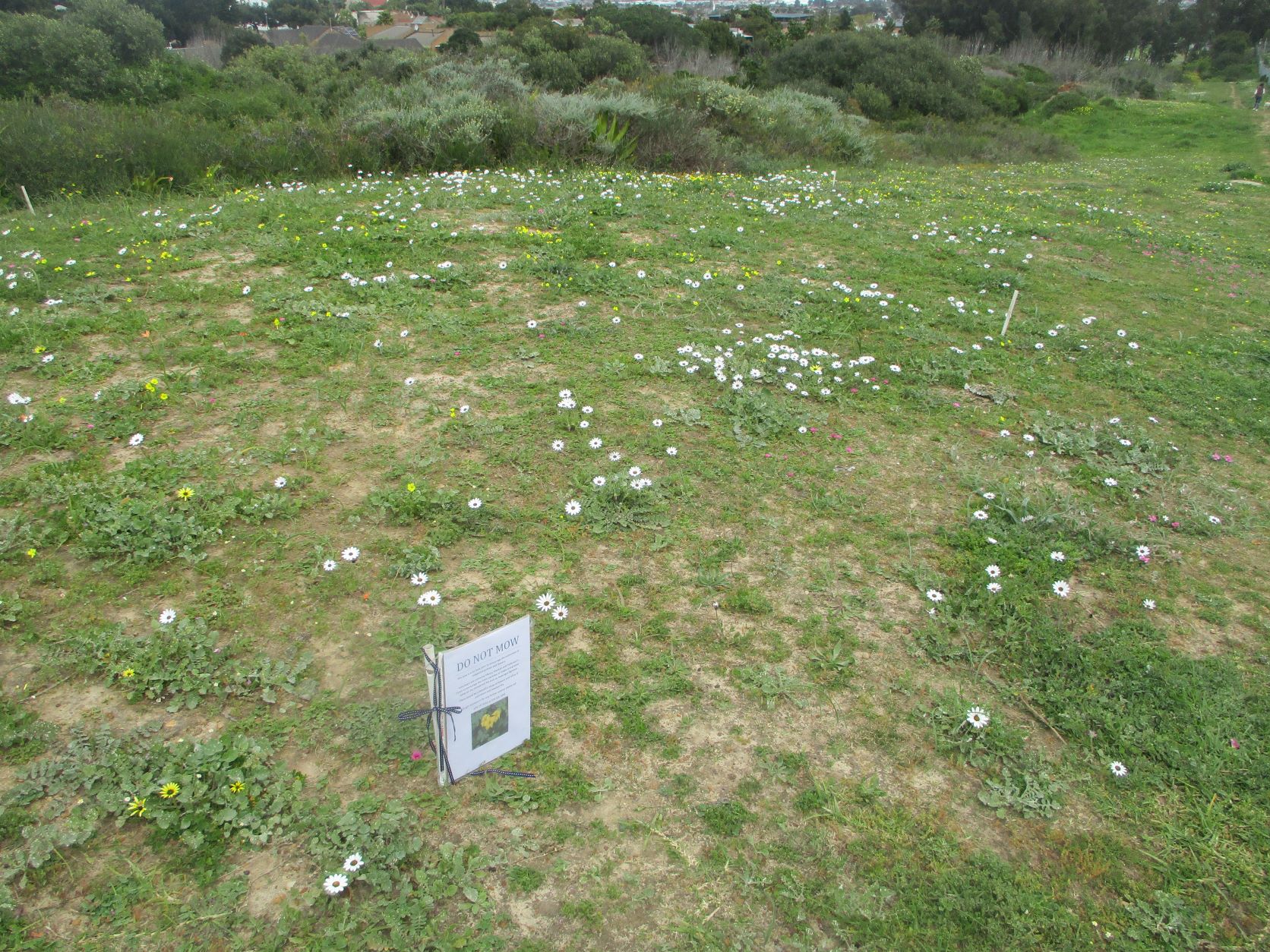Dear Reader, in this age of AI created content, please support with your goodwill someone who works harder to provide the human-made. Sign up at the top of the lefthand column or bottom of this page. You will receive my hand illustrated monthly newsletter RESTORE NATURE and access to the biodiversity garden design course as I write...and nothing else, I respect your time. I am also removing the advertizing as best I can as its become intrusive inappropriate and pays me nothing.
Stepping stone gardens and urban biodiversity
 Stepping stone gardens, all you need is a fistful of pegs, hammer and string. Simple, and as you see, no fashion parade.
Stepping stone gardens, all you need is a fistful of pegs, hammer and string. Simple, and as you see, no fashion parade.A brief outline
Stepping stone gardens are established with the aim of restoring natural native vegetation in urban areas and thus protecting local biodiversity. I will provide some hints on how you could go about doing it where you live.
Organizers of stepping stone gardens at the Cape
Some time ago I heard of Communitree. It is an NGO helping citizens create stepping stone gardens in Cape Town. These gardens are small pockets of native vegetation created as stepping stones to connect large 'islands' of biodiversity in the city such as Table Mountain, the Peninsula and the Tygerberg Hills.
Most stepping stone gardens mentioned here create a connection or corridor between the large biodiversity islands and linear corridors like the river basins. Corridors allow movement of species out of and into the isolated islands, and it is hoped they will combat the isolation of species in the urban landscape. It is a problem of urbanization that populations of a species get cut off by roads and developments till they are too small to be viable.
According to the website of the Fynbos Corridor collaboration, the urban spread of Cape Town has already caused the extinction of 14 plant species. This website belongs to an umbrella group formed by Communitree, Greenpop tree planting and the Ingcuncu, the sunbird project, all funded by the Table Mountain Fund. The aim of this collaboration is to map and co-ordinate, and establish a unified rehabilitation and monitoring strategy, because, unfortunately, urban conservation activities can be as fragmented and isolated as the ecosystems they seek to protect.
In the meantime, the citizens of Cape Town are not sleeping. Many initiatives that could be united by the Fynbos Corridor Collaboration exist already. They proceed in their efforts on an unfunded volunteer basis. One such affiliation (see this facebook page) exists in the region of Durbanville in the northern suburbs. They have started 16 stepping stone gardens in the Durbanville area connecting the Tygerberg Nature Reserve to the source of the Kuils river in Durbanville. They recently offered a bulb growing workshop I attended which was excellent, and one of the activists, Anel, has come to assess parks closer to my neighborhood, such as the Frikkie Knoetze Arboretum and may be going to see the Protea Village community garden in Brackenfell. These satellites should expand the creation of stepping stone gardens into new areas of the city.
 Informing the city mowers and educating others is essential
Informing the city mowers and educating others is essentialWhat equipment is essential ?
Some activists started a stepping stone garden at the Frikkie Knoetze Arboretum recently. You can see the arboretum's iNaturalist records here. At first, wooden pegs, painted white for visibility, were used to peg out an area which had a high count of native flowering plants. Weeding began. Unfortunately a few days later all the pegs were gone. I suspect they were stolen to use as firewood. Hearing of this sad event I cut up some white plastic electrical conduit piping and with another community member we reinstalled the pegs hoping they would be left in place this time. The other person I was helping made a notice urging the city not to mow this area. Our city has finally come round and agrees to obey such requests from the citizenry.
Encouragement to garden builders
Wherever you are in the world, you will have different battles to fight and I wish you strength. Don't give up. Nature needs you.
Wherever you live, whether in urban or rural areas, you can work to maintain local biodiversity. It is a necessary and meaningful task. Worldwide, insect populations are crashing due to the loss of habitat and the use of pesticides. Insects are mostly are dependent on a few native plants and will die without them, and thus the preservation of native plant diversity which is the goal of stepping stone gardens also supports the maintenance of insect diversity.
Some rehabilitation strategies I've encountered
I have seen three kinds of urban biodiversity strategies thus far. Firstly creating nature reserves, no go areas from which people are kept out. Obviously in urban areas this has limited use for people. Then one can mark out and protect small pockets, preventing mowing, which has been poorly timed in our city and led to the disappearance of seed propagated native plants. Cautious replanting can then occur after the area has had time to recover from mowing. The third strategy I've seen used most often in old urban areas is practiced by Communitree. You take areas in which native vegetation has been destroyed and replant with a succession over three years, of ground covers, herbs and climax shrubs.
I am experimenting with a fourth strategy that integrates wildlife with human needs. I call it 'selective mowing' and will describe it at a later stage, because it is still in its experimental stages.
 Here you can see some of the pegs ready for stringing to surround the stepping stone garden
Here you can see some of the pegs ready for stringing to surround the stepping stone gardenStepping stone gardens or other rehabilitation strategies ?
For each area of the world different rehabilitation strategies will apply and as this is a new trend, it may be necessary to do a bit of research, and most importantly to connect with others in your region.
Other movements around the world which have the same aim, but use different strategies can also be sources of information on how to do this, such as the Naturgarten movement in the German speaking areas of Europe, the wildlife garden movement in England and the prairie garden movement in North America. Even permaculture can offer some wisdom.
However it is in the stepping stone gardens movement in Cape Town in which I have discovered strategies least likely to do harm and most appropriate to our region.
This is probably because we are situated in a plant diversity hotspot in the Fynbos biome of the Cape Floral Kingdom. For us local really means local, not more than 10km or 3 miles distant. There is so much genetic diversity that going to a nursery and buying plants to plant in a stepping stone garden could potentially do damage to this diversity. It could lead to the creation and domination of hybrids that insects cannot utilize for food, which have been nicknamed “Frankenstein-plants”. This would cause the loss of dependent insects. Nurseries do not necessarily have a biodiversity agenda on the level needed for maintaining the fine grained plant diversity needed for insect diversity.
I think my main message is, just do it, but do not rush. Be humble before the complexity of wild systems. Do not attempt to subdue them to human values like neatness. Do not think that self labelling as an eco friendly person is enough to entitle one to executive decisions that impact wild systems. We humans are so bad at managing the collateral damage. Observe and listen. Only act when you've mastered that. Liase, collaborate, learn from others, research a lot, increase your knowledge base and experiment with caution.
------
------
newsletters on wildlife friendly gardening
Restore Nature Newsletter
I've been writing for four years now and I would love to hear from you
Please let me know if you have any questions, comments or stories to share on gardening, permaculture, regenerative agriculture, food forests, natural gardening, do nothing gardening, observations about pests and diseases, foraging, dealing with and using weeds constructively, composting and going offgrid.
Your second block of text...
SEARCH
Order the Kindle E-book for the SPECIAL PRICE of only
Prices valid till 30.09.2023
Recent Articles
-
garden for life is a blog about saving the earth one garden at a time
Apr 18, 25 01:18 PM
The garden for life blog has short articles on gardening for biodiversity with native plants and regenerating soil for climate amelioration and nutritious food -
Cape Flats Sand Fynbos, Cape Town's most endangered native vegetation!
Apr 18, 25 10:36 AM
Cape Flats Sand Fynbos, a vegetation type found in the super diverse Cape Fynbos region is threatened by Cape Town's urban development and invasive alien plants -
Geography Research Task
Jan 31, 25 11:37 PM
To whom it may concern My name is Tanyaradzwa Madziwa and I am a matric student at Springfield Convent School. As part of our geography syllabus for this
"How to start a profitable worm business on a shoestring budget
Order a printed copy from "Amazon" at the SPECIAL PRICE of only
or a digital version from the "Kindle" store at the SPECIAL PRICE of only
Prices valid till 30.09.2023







